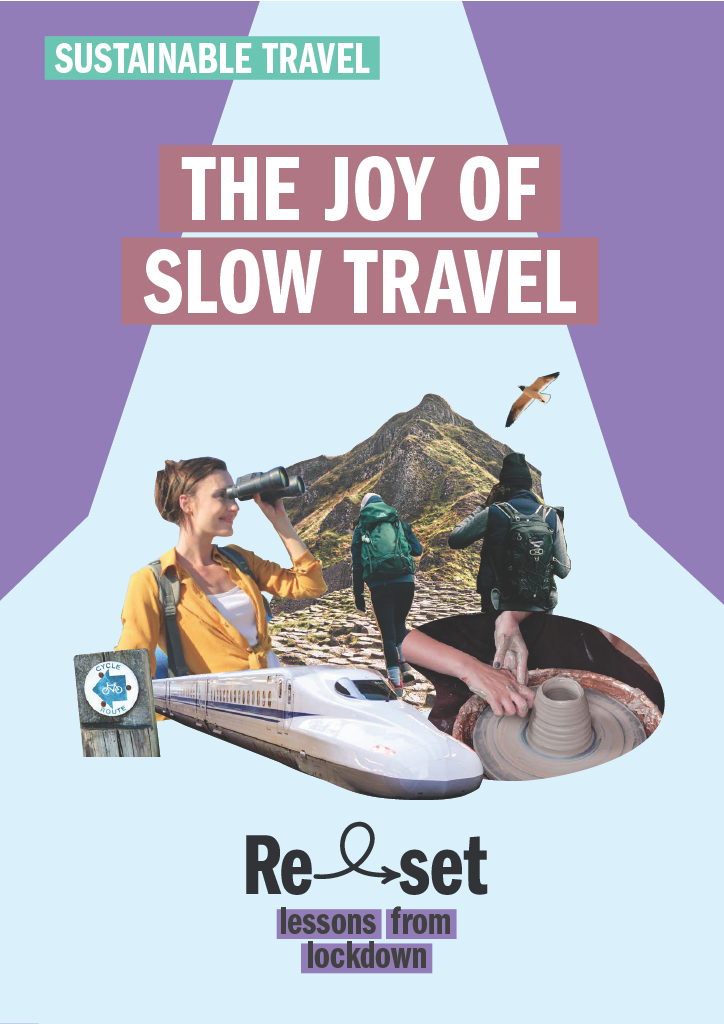Originally connected to the Slow Food movement, the concept of “Slow Travel” aims to defend and nurture regional traditions, gastronomic pleasure and a slower pace of life. It also has a growing focus on sustainability and self-care; carrying out activities that are healthy for the mind and body, taking time to meet people and savour sensations in an unhurried and environmentally friendly way.
For me, travelling slowly is not just about the type of transport we choose, it’s also about the type of experiences we engage in. As we push toward a wellbeing economy that nourishes people and planet, travel must involve deeper connection with and contribution to place and local communities – rather than simple extraction.
– Samie Blasingame, Stay Grounded
Slower travel is all about the journey, the company and the connection with place and people, finding your own way using public transport, cycling or walking, allowing yourself to explore, talking to people and enjoying the local delicacies. This could have the effect of spreading out the impact of tourism more evenly and lightly across any given city, country or region, allowing resources and areas rich with biodiversity to recover.

This story is part of the Reset series – a collection of short downloadable stories that look in more detail at over consumption and unnecessary travel. They consider some of the key messages and solutions that have become apparent during the pandemic that could help us make the rapid transition to a more sustainable future.
This guide has been made possible by the support of ClimateWorks Foundation.
 One of the clearest signs of the global pandemic disrupting the rhythm of everyday life was in changes to travel. As people largely stayed at home, they began to think about travel differently, and creative tips on how to have a break at home abounded. Now that people are able to move further afield once more, there’s an opportunity to act on what we learned in the pandemic and keep going with the flow of slower travel.
One of the clearest signs of the global pandemic disrupting the rhythm of everyday life was in changes to travel. As people largely stayed at home, they began to think about travel differently, and creative tips on how to have a break at home abounded. Now that people are able to move further afield once more, there’s an opportunity to act on what we learned in the pandemic and keep going with the flow of slower travel.